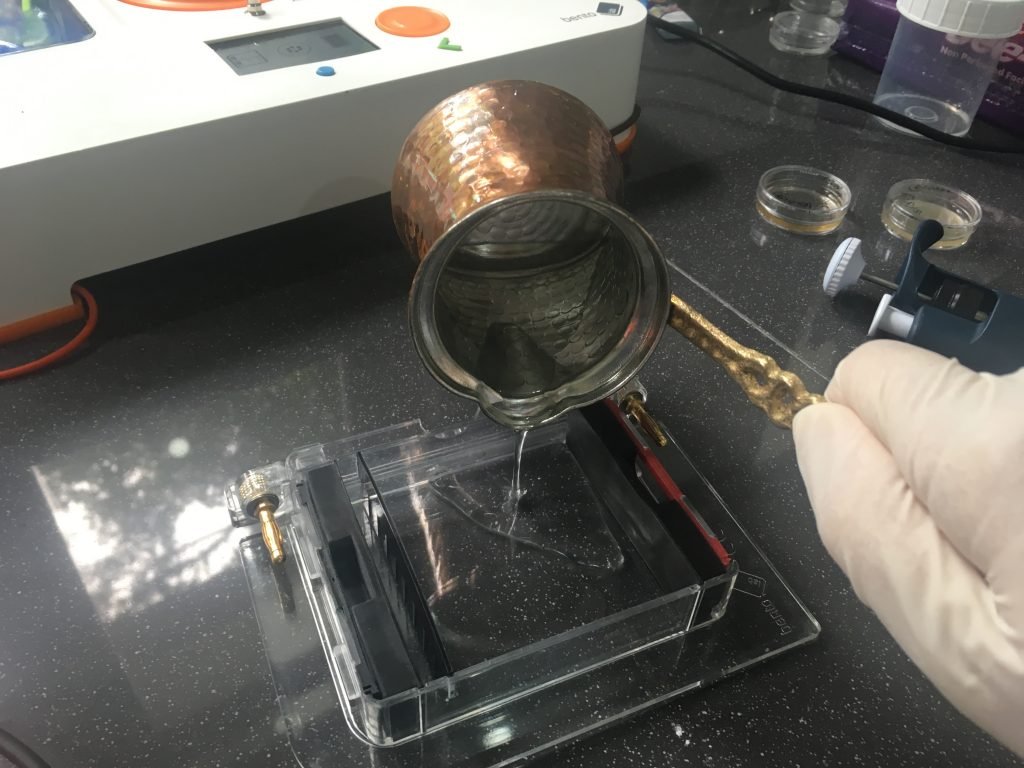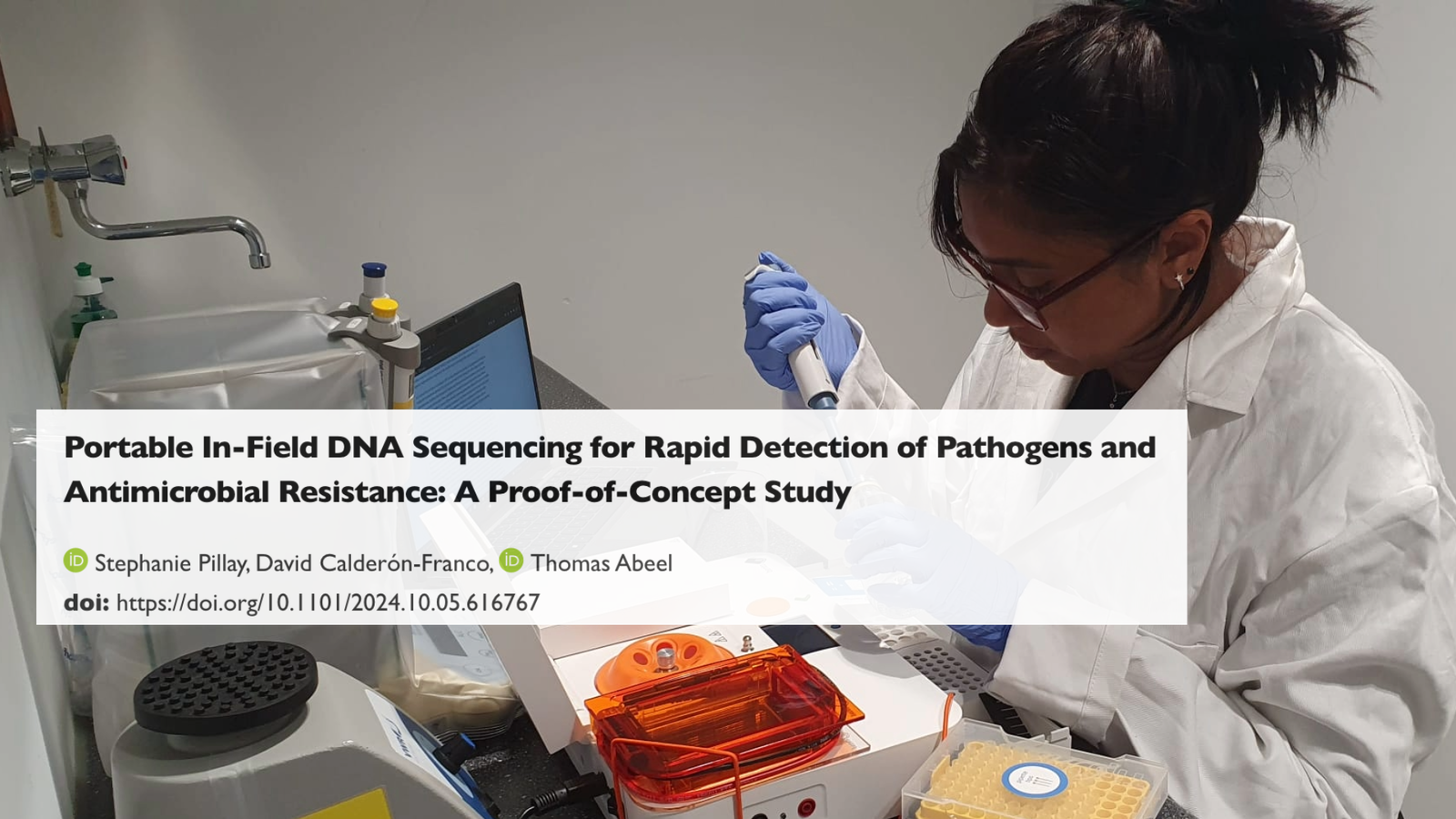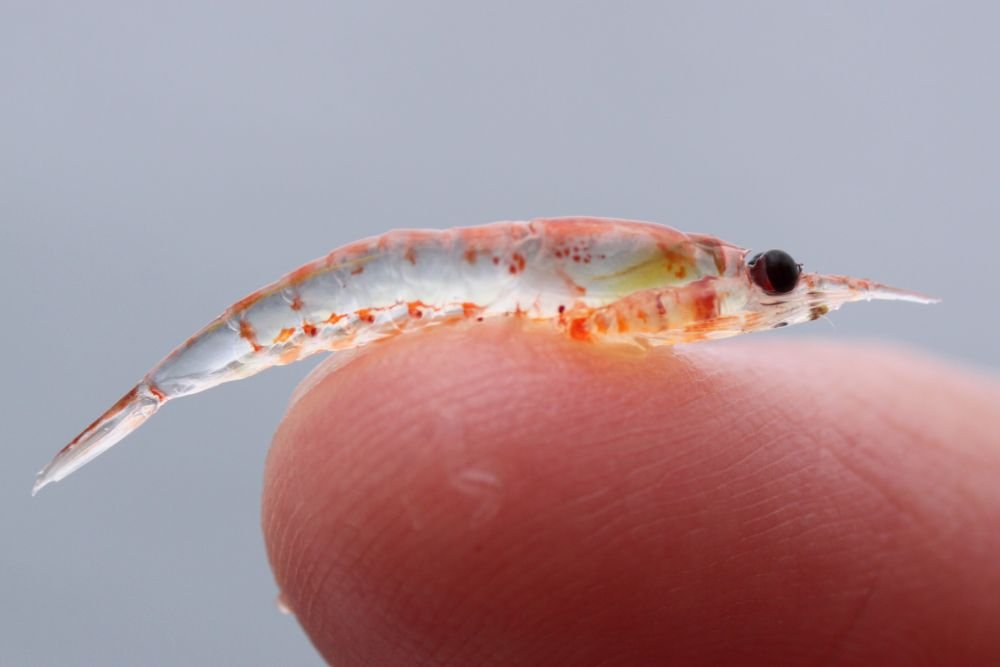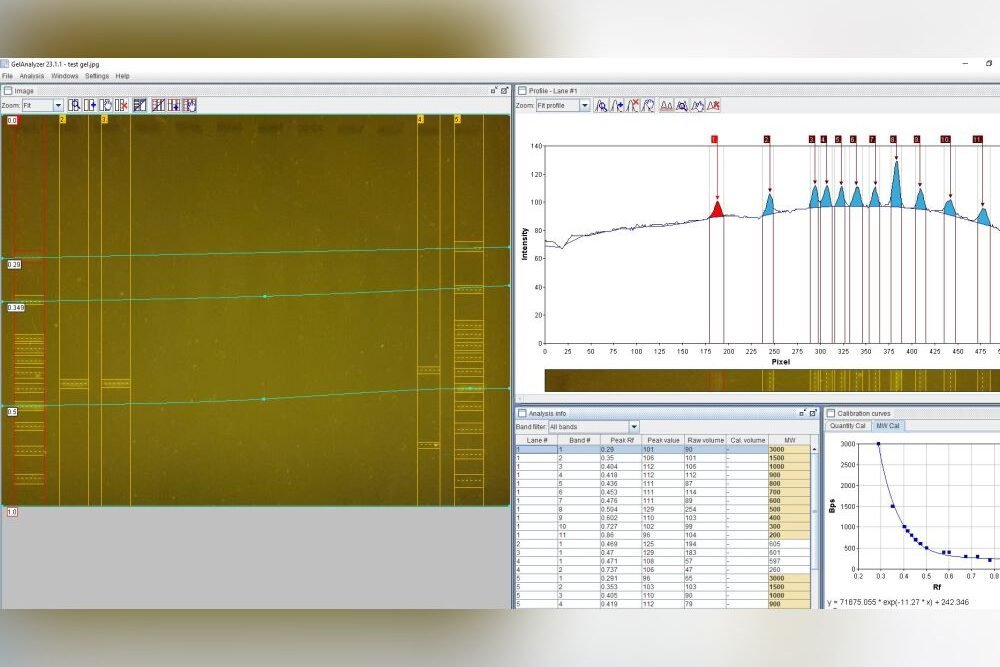Hi PCR enthusiasts!
Here are this week’s highlights from Bento Lab.
Bento Lab in the field
Bento Lab+ONT for clinical diagnoses in resource-limited scenarios
Could Bento Lab and Oxford Nanopore Technologies MinION sequencing be a solution to lack of medical molecular labs in resource-limited countries?
A team of researchers involved in the SeqTanzania project, an initiative aiming to decentralise sequencing and bring it to wherever it needs to go in Tanzania, believe it could be.
Kumburu et al. (2023) published a case study using a Bento Lab and ONT MinION to rapidly investigate potential causes of a serious and acute diarrhoea in small child, where they identified the causal agent as the bacterium Campylobacter jejuni within 24 hrs. Following this diagnosis the child was prescribed erythromycin (an antibiotic commonly used to treat Campylobacter), had almost immediate improvement, and was discharged several days later.
Although similar real-time diagnostics have been published before in the literature, this case appears to be (to the best of the authors’ and our knowledge) the first description of a completely field-deployable sequencing set up, involving all steps from DNA purification, sequencing, and bioinformatics analysis, on a real-time patient sample for clinical diagnostics. If you know otherwise, please let us know.
The most remarkable part of this study is that the researchers were in fact on their way to a field site to test environmental water samples when they received the call, before rushing to the hospital to undertake a completely different kind of metagenomics!
Here’s the article:

Interested in DNA methods and workflows? Subscribe for monthly insights.
Ideas for Educators
DNA Barcoding Education Projects
For anyone interested in helping to raise the next generation of biologists, ecologists, bioinformaticians, and taxonomists, we’d like to share a really inspiring article by Henter et al. (2016).
The article looks at five different DNA education projects, and discusses how DNA barcoding can be used in a range of different education contexts for students, teachers, research projects, and environmental barcoding surveys.
Thousands of DNA barcode sequences were produced by the various participants and a very large number of people were engaged and learned more about DNA. Importantly, the five projects produced a lot of valuable insights that could be useful for anyone planning future projects in DNA barcoding and education.
You can read the article here.
Tips and Advice
Using Bento Lab without a microwave during fieldwork
Some of you have asked us “can we use Bento Lab without using a microwave oven to melt agarose for electrophoresis gels during fieldwork?”
So we wrote an article describing the pros and cons of several approaches, such as:
- Using a rice cooker or other small heating device
- Using a camping stove
- Using your own pre-cast gels
- Using E-gels
Some of you (many thanks 🤗) have also sent us feedback and suggestions via Twitter and LinkedIn, so we have added these improvements to the article.
Read more here – and if you are planning a field trip or have cast gels in the field, we would love to hear your thoughts and suggestions.

Pouring agarose from a traditional Turkish coffee pot – a suggestion made by Ineke Knot.
Image © Ineke Knot
Looking for advice on using Bento Lab?
Book a free consultation or ask a question.

